NASA Delays First SLS Launch to 2018
 NASA Completes Key Review of World’s Most Powerful Rocket in Support of Journey to Mars
NASA Completes Key Review of World’s Most Powerful Rocket in Support of Journey to Mars
“This decision comes after a thorough review known as Key Decision Point C (KDP-C), which provides a development cost baseline for the 70-metric ton version of the SLS of $7.021 billion from February 2014 through the first launch and a launch readiness schedule based on an initial SLS flight no later than November 2018.”
NASA Holds Teleconference Today to Discuss Progress on World’s Largest Rocket
“NASA officials will hold a media teleconference at 4 p.m. EDT today to discuss the agency’s progress on the Space Launch System (SLS), the heavy-lift rocket under development to take humans beyond Earth orbit and to Mars. The teleconference will be streamed live on NASA’s website at: http://www.nasa.gov/newsaudio“


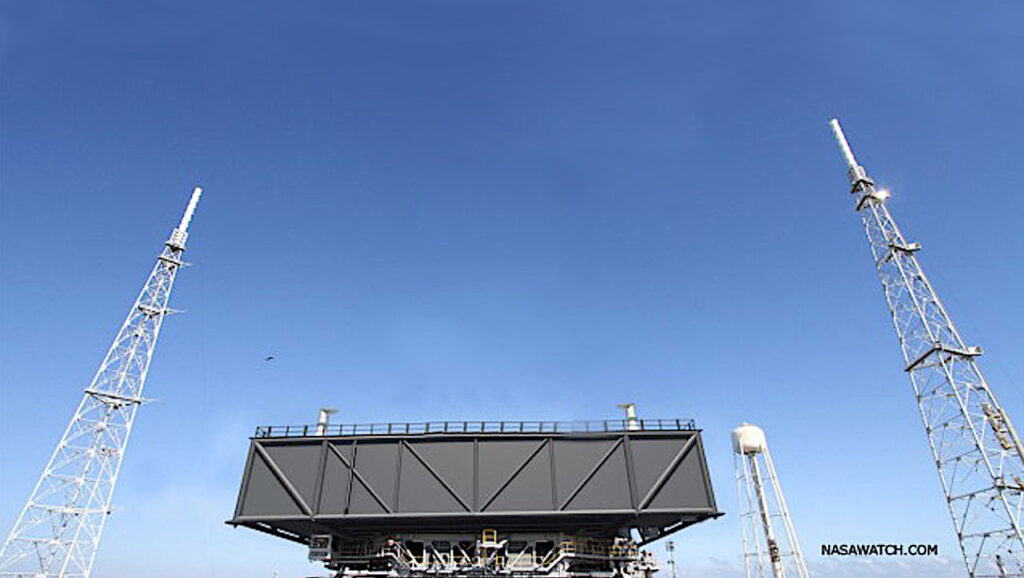
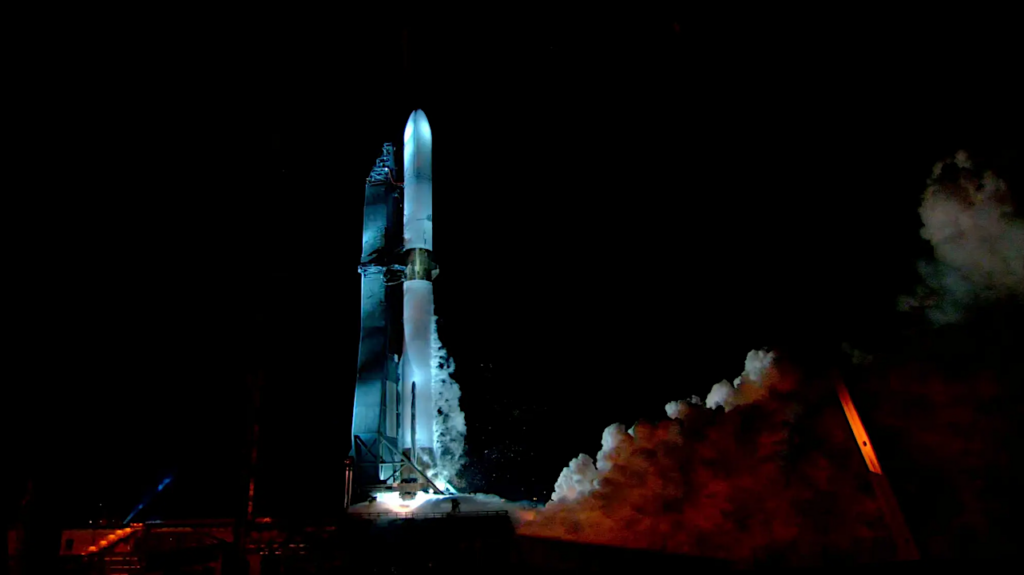
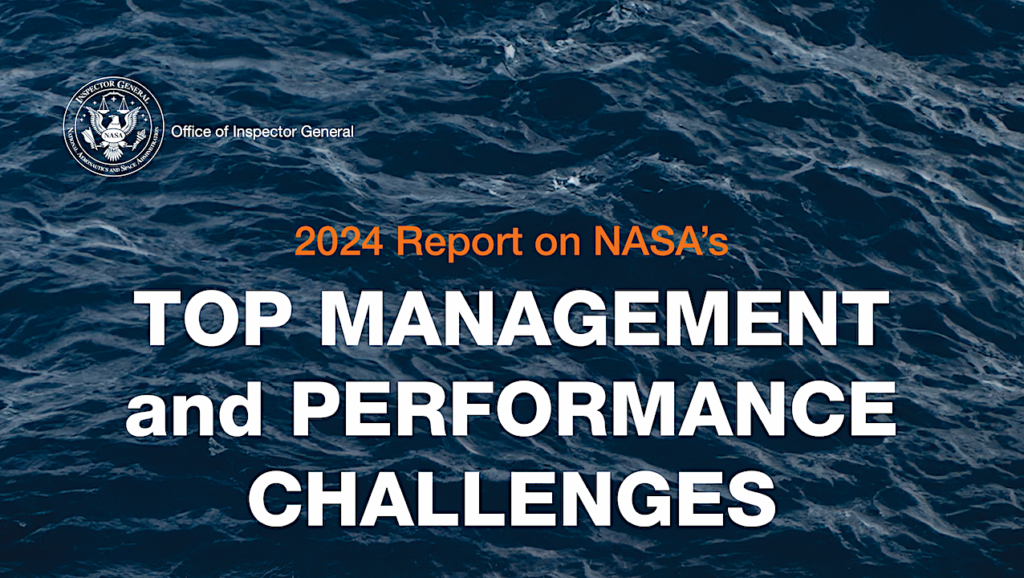
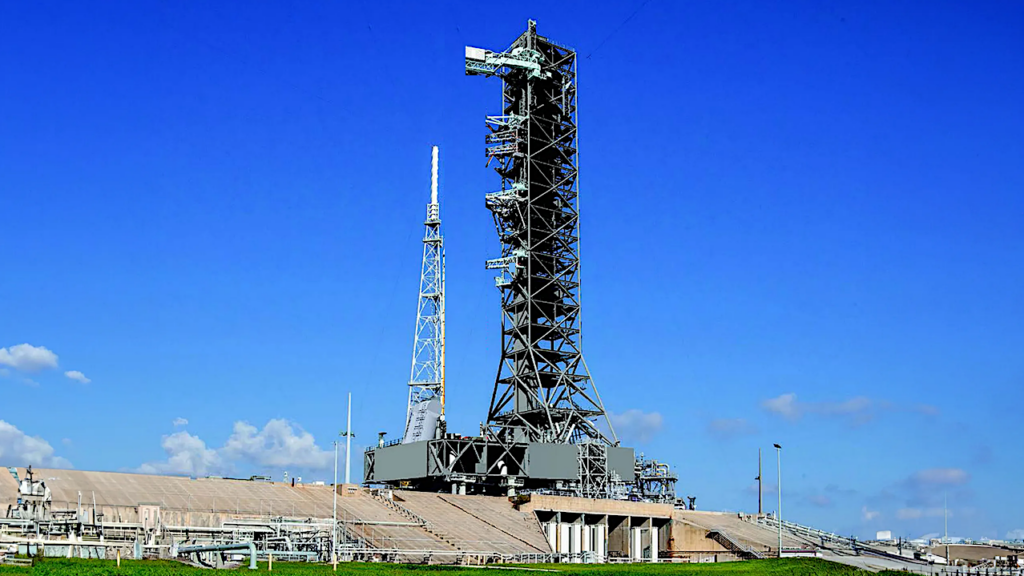
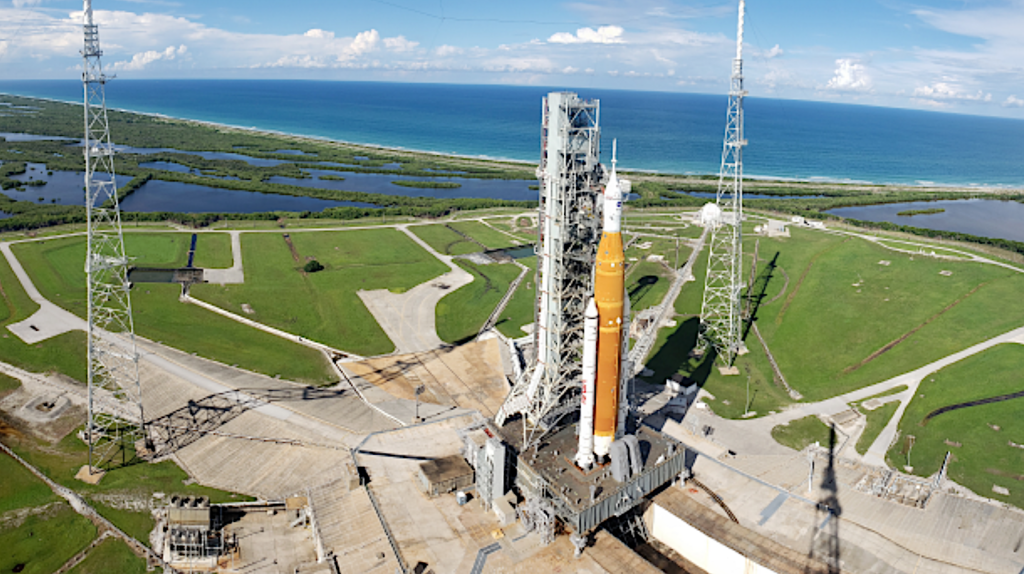
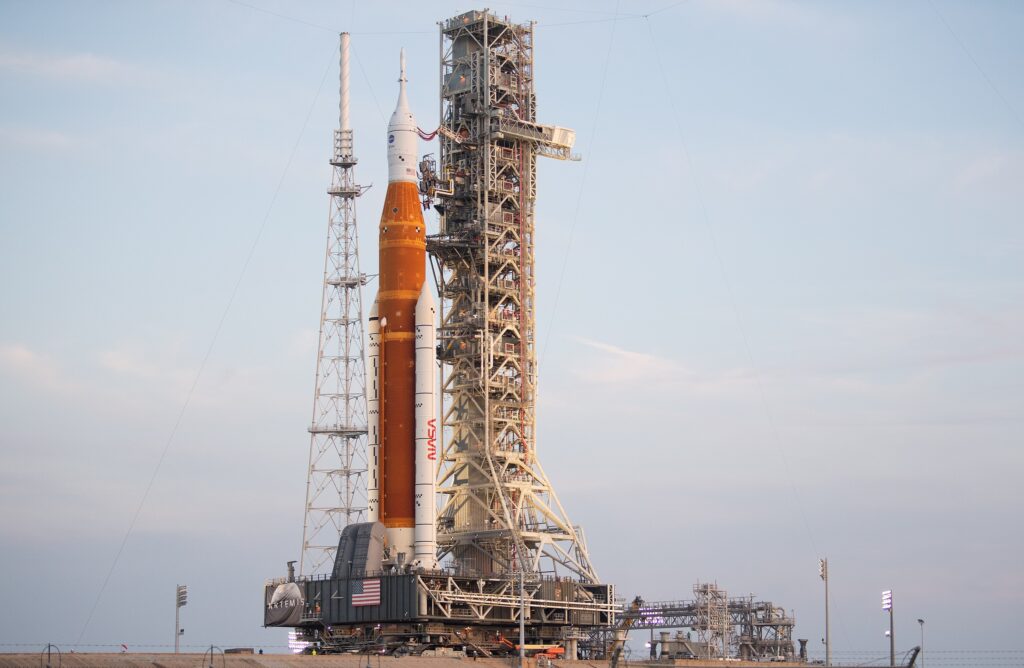

So…what might a reporter ask using up that one question, although the better the question the less likely it will get a straight answer, no? Perhaps –
(1) Why has there been a hesitation to draw out even a broad range of scenarios for SLS/Orion costs once complete in the early 2020’s, like for 1 flight a year, two a year, three a year, or two one year and none the next, alternating, or some such small number of variations on something so basic as the SLS/Orion parts of any scenario? Total yearly costs of course, not just the variable.
OR
(2) Understanding it’s a full scale, large upper stage that takes SLS up from 70 t to 110 t to LEO, that large stage being the eventual Earth departure stage, when does development on this stage begin or similarly when is it foreseen such a stage would be ready for it’s first integrated test flight?
OR
(3) The recent NRC report, and the ASAP has expressed very similar thoughts, said the current approach with SLS/Orion will not enable exploration unless the NASA budget increases faster than inflation. Yet historically this has not been the case for the NASA budget-which they also acknowledged. So, how does SLS/Orion fit in to a scenario of enabling sustainable space exploration on foreseen, realistic budget outlooks, which as the NRC points out is not possible with the SLS/Orion approach?
As for Number 2, NASA and Boeing just signed the SLS Stages Contact back on 30 June which authorizes Boeing to begin studying a new SLS upper stage, which NASA and Boeing call the Exploration Upper Stage, to replace the Boeing-provided Interim Cryogenic Propulsion Stage the rocket will use for its first two missions.
As for 1 and 3…its politics and NASA, what do you expect?
Does the $7.02B include the ~$1B for the J-2X?
Or, indeed, all the dollars spent on Constellation?
No and the GAO pegs the J-2X development costs at $1.5 billion.
J-2X was more than $1.5 billion and we won’t even use it until 2026? It was shelved. NASA had a ppt sent around talking about it. It was shocking to many of us that we would develop an engine we didn’t even need for almost TWO decades.
You could have at least developed a payload.
I’ll go with the GAO-14-385 (11 May 2014) figures. NASA plays with its costs too much.
“…which provides a development cost baseline for the 70-metric ton version of the SLS of $7.021 billion” Hilarious! So now we are parsing development vs. uhhh…before-development? What would the total be including Phase A and B (pre-pre-development and pre-development?).
the SLS has some heritage in the Constellation program, if you really want to include those costs in it i suppose you could. but then, the constellation program has heritage in Shuttle hardware, do you want to include those costs too? where do you draw the line?
Yes, everything since 2005-6 and the call for the Ares I & V, that would include the J-X2 and the five segment SRB’s, the new propellant and all of MPCV/Orion .. the total spent on this INSANITY on a bun should be included.
New propellant?
“Also enhancing liftoff performance is a more energetic solid-propellant mixture, a “tailored” thrust profile and an increased expansion profile. The new ATK booster will use electric thrust-vector-control actuators instead of hydraulics, which permit a common controller across the vehicle. To save more on the advanced design, commercial avionics components are planned, as well as a single-unit forward structure and new nozzle materials. “
ATK developed a new energetic solid propellant, and it required a redisign of the inner fins, they added more.
http://aviationweek.com/awi…
cool. i knew they had to redesign the bore holes through the extended SRBs, but i didn’t know they also changed the recipe for the solid fuel. i doubt that reformulation was terribly expensive, though. it’s dead easy to mix and test small quantities of that sort of thing.
I wouldn’t bet on that. Small changes in composition can alter the mechanical properties of a solid fuel. That can make a big difference to the behavior of a solid rocket and isn’t something easily tested with small samples. Small samples to get the material properties and then lots of modeling of the full mechanical design, perhaps. But I suspect it would be mor work than you imply.
which is why they do full-size tests as well. still, formulating and testing solid fuel is what ATK does.
True, but their market has been shrinking for a long time. An SLS flight every other year is an extremely low production rate for large SRB segments even compared to the shuttle program. I doubt the morale there is terribly high in the SRB program area.
that’s true, but ATK, or more specifically, Thiokol, does make a lot of other rocket engines as well, primarily for a very wide range of military missiles. interestingly, they also make snowcats, ski lifts, and automotive airbags.
I find something curious – NASA dragged its feet for a long time getting started on SLS, because they knew darn well it was a nonsense Congressional make-work project.
Now, NASA is humping to justify the continued development of the system? Really? Why don’t they let the members of Congress who wanted it so badly take care of that? At least then there might be some slim hope they would feel compelled to fund the project they proposed themselves.
look at it the other way – Congress is making them build it, so they might as well find some reason to use it.
This is my position for a long time HD. All of the commentary here on eliminating SLS will prove useless and there are a lot of great minds on this forum. This is the time, and this is the place for those great minds to turn from trying to stop inevitable hardware and start working the issue of what should be done with this pig. It is going to fly, let’s make sure it flies where it can do the most scientific good.
This is actually great news as I don’t have to even think about this boondoggle for the rest of the decade.
Only when you pay your taxes. And wouldn’t it be a royal hoot if Musk’s Raptor powered behemoth ended up flying first?
i would laugh
Just wondering, the EUS will actually outperform the J-2X stage in throw-weight to Mars and beyond. Why would it only be used for “a few times”?
Because, after SLS-04/EM-3, there could quite possibly be nothing on which to launch it, depending on how the funding dice fall.
Just get Orion ready to fly on the SpaceX Falcon Heavy. At least we can use Orion for something. Tourist flights etc…
Given the enormous complexity of the project- one I think is the wrong direction for NASA- schedules are just going to be part of the story. Why the answer isn’t given as a range of years, rather than a single year, escapes me.